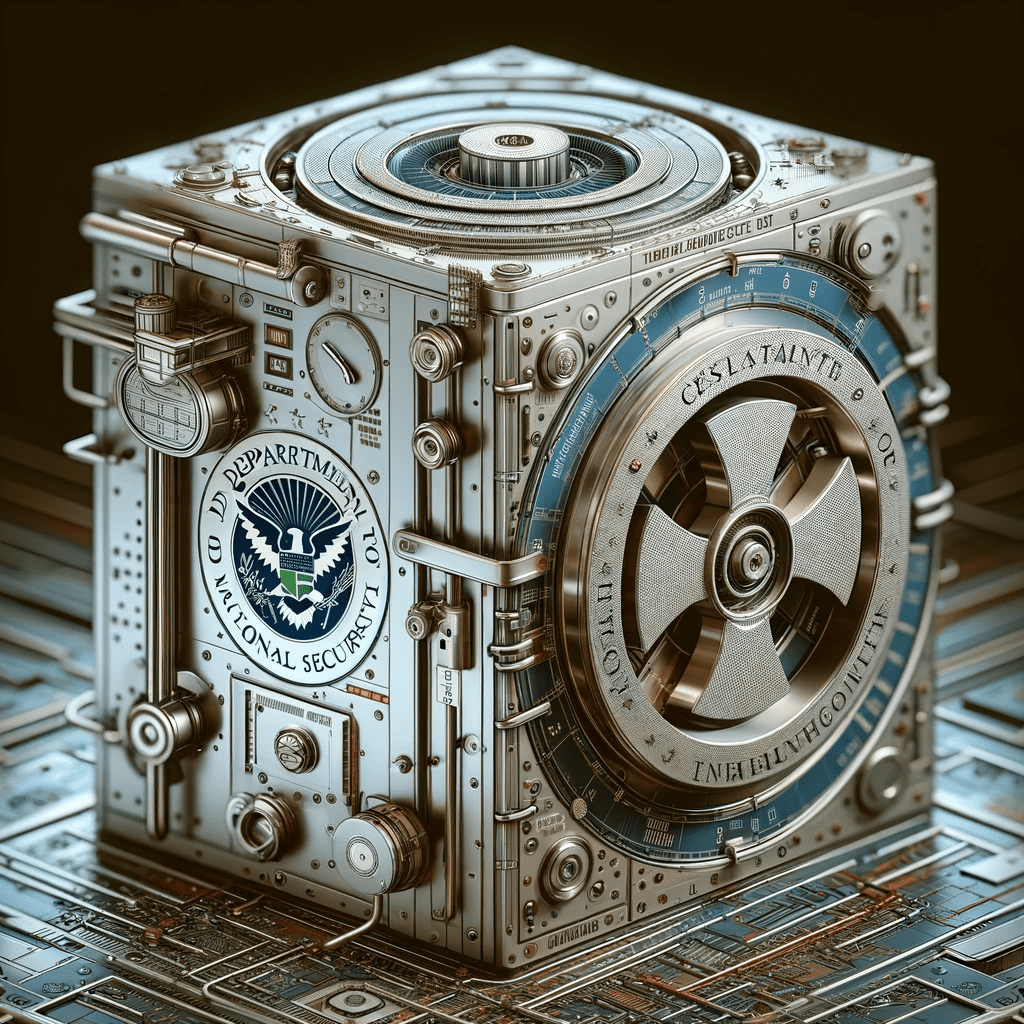Q Clearance

Q clearance, a term synonymous with the highest levels of access to classified information in the United States Department of Energy (DOE), provides a fascinating glimpse into the world of national security and the protection of sensitive data. It is a subject of intricate procedural rigors and intense scrutiny that ensures the maintenance of the nation’s core interests.
Q clearance, as it is formally known, has its roots in the Atomic Energy Act of 1946, which established the Atomic Energy Commission, the forerunner to the DOE. This clearance system is essentially a certification allowing individuals access to classified information up to and including “Top Secret” level related to nuclear weapons and other sensitive data in the energy sector. The clearance system itself is steeped in rigorous procedures, ensuring only the most trustworthy individuals gain access to the nation’s secrets.
The process of obtaining a Q clearance involves extensive background checks. These look into the candidate’s personal and professional history, their foreign contacts, and even their financial history. The Office of Personnel Management or an FBI-approved agency usually handles this background investigation. The DOE’s Office of Hearings and Appeals adjudicates these clearances. The clearance process’s immense scrutiny ensures that individuals with access to sensitive information are of the highest integrity, exhibiting a deep-rooted commitment to national security.
- Q clearance holders have access to data equivalent to Top Secret information in the Department of Defense, which is the highest security level. It means that they have access to information that, if improperly disclosed, could cause “exceptionally grave damage” to national security (source: U.S. Department of Energy’s “Human Reliability Program Handbook”).
- Unlike security clearances from other departments, a Q clearance also provides access to Special Nuclear Material (SNM) category I, which includes elements like uranium-235, uranium-233, and plutonium-239, crucial for nuclear weapons (source: “Controlled Unclassified Information” by Daniel S. Wagner).
- As of 2020, over 200,000 individuals held Q clearances, spanning roles in federal service and contractors. A good proportion of these individuals work in the national labs, like the Los Alamos National Laboratory or the Lawrence Livermore National Laboratory (source: U.S. Government Accountability Office’s report “DOE Needs to Improve Its Insider Threat Program”).
Experts in national security emphasize the importance of Q clearance for ensuring the safe and secure handling of classified nuclear information. Figures like William Tobey, a senior fellow at Harvard’s Belfer Center for Science and International Affairs, underscore that stringent vetting is vital for these positions due to the potential consequences of security breaches.
Books like “American Nuclear Dilemma: Security with Safety” by Robert L. Ferguson elaborate on the role of Q clearance in maintaining national security. They underscore how individuals with Q clearance work at the frontline of developing, maintaining, and safeguarding America’s nuclear arsenal and related technology.
It is worth noting that holding a Q clearance comes with a lifetime obligation, even after the termination of the clearance or employment. Former clearance holders are required to protect classified information, demonstrating the ongoing responsibility and the importance of these roles.
Q clearance has also found its way into popular culture, featuring in TV shows, movies, and books, where it’s often used to symbolize high-level security clearance. A good example is in the Bond movie franchise, where the character “Q” is the quartermaster responsible for giving James Bond his cutting-edge equipment.
In 2017, The Wall Street Journal published an opinion piece questioning the need for the Department of Energy to maintain such a high-level security clearance system, arguing that it led to undue bureaucracy and inhibited effective interdepartmental communication. These discussions emphasize the ongoing debate about the balance between security and operational efficiency in government operations.
It’s generally known that a Q clearance is often necessary for high-level positions in the Department of Energy and for other roles that require access to classified information related to nuclear weapons. This would include certain roles within the National Nuclear Security Administration, the Office of Intelligence and Counterintelligence, and the Federal Energy Regulatory Commission, among others.
That said, it’s important to note that although individuals in these roles may have a Q clearance, that doesn’t mean they have access to all classified information. The United States government operates on a “need to know” basis, meaning that individuals only have access to classified information that is necessary for them to complete their duties.
In essence, Q clearance is a critical element within the broader spectrum of national security measures that safeguard the United States’ classified information. Its rigorous requirements, the vast network of clearance holders, and the sensitive data it protects all highlight the critical role Q clearance plays in the nation’s defense. It is an emblem of trust, duty, and the tireless efforts of numerous individuals who work to ensure the safety and progress of their nation.

